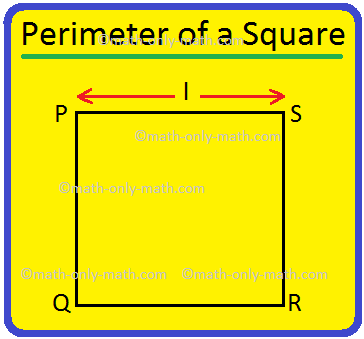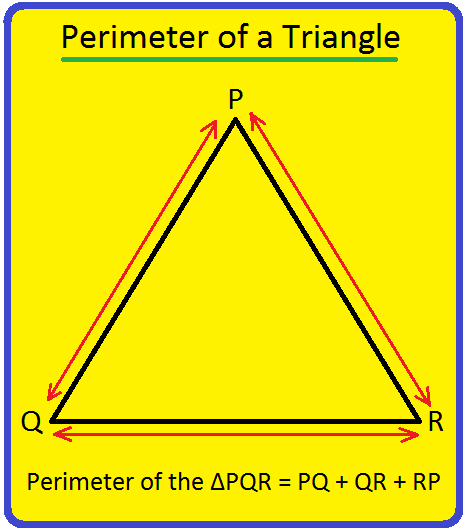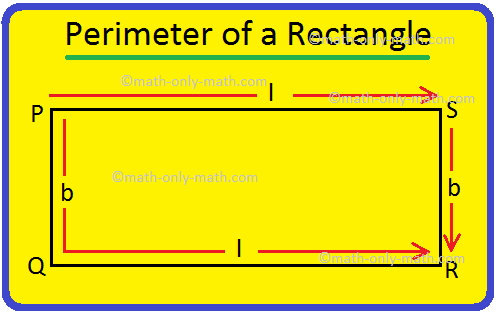Problems on Rational numbers as Decimal Numbers
Rational numbers are the numbers in form of fractions. They can also be converted in the decimal number form by dividing the numerator of the fraction by its denominator. Let us assume ‘\(\frac{x}{y}\)’ to be a rational number. Here, ‘x’ is the numerator of the fraction and ‘y’ is the denominator of the fraction. Hence, the given fraction is converted to the decimal number by dividing ‘x’ by ‘y’.
To check whether a given rational fraction is terminating or non- terminating, we can use the following formula:
\(\frac{x}{2^{m} × 5^{n}}\), where x ∈ Z is the numerator of the given rational fraction and ‘y’ (denominator) can be written in the powers of 2 and 5 and m ∈ W; n ∈ W.
If a rational number can be written in the above form then the given rational fraction can be written in terminating decimal form otherwise it can’t be written in that form.
The concept can be easily understood by having a look at the below given solved example:
1. Check whether \(\frac{1}{4}\) is a terminating or non- terminating decimal. Also, convert it into decimal number.
Solution:
To check the given rational number for terminating and non- terminating decimal number we will convert it into the form of \(\frac{x}{2^{m} × 5^{n}}\). So,
\(\frac{1}{4}\) = \(\frac{1}{2^{2} × 5^{0}}\)
Since, the given rational fraction can be converted into above form, so the given rational fraction is a terminating decimal number. Now, to convert it into decimal number the numerator of the fraction will be divided by denominator of the fraction. Hence, \(\frac{1}{4}\) = 0.25. So, the required decimal conversion of given rational fraction is 0.25.
2. Check whether \(\frac{8}{3}\) is a terminating or non- terminating decimal number. Also, convert it into the decimal number.
Solution:
The given rational fraction can be checked for terminating and non- terminating by using above mentioned formula. So, \(\frac{8}{3}\) = \(\frac{8}{3^{1} × 5^{0}}\), which is not in the form of \(\frac{x}{2^{m} × 5^{n}}\). So, \(\frac{8}{3}\) is a non- terminating decimal fraction. To convert it into decimal number we’ll divide 8 by 3. Upon division, we find the decimal conversion of \(\frac{8}{3}\) to be 2.666…. It can be rounded off to 2.67. Hence, required decimal conversion is 2.67.
3. Which of the rational numbers \(\frac{2}{13}\) and \(\frac{27}{40}\) can be written as a terminating decimal?
Solution:
\(\frac{2}{13}\) = \(\frac{2}{13^{1}}\) which is not in the form \(\frac{x}{2^{m} × 5^{n}}\). So, \(\frac{2}{13}\) is a non-terminating recurring decimal.
\(\frac{27}{40}\) = \(\frac{27}{2^{3} × 5^{1}}\) which is in the form \(\frac{x}{2^{m} × 5^{n}}\). So, \(\frac{27}{40}\) is a terminating decimal.
4. Check whether following rational fractions are terminating or non- terminating. If they are terminating convert them into decimal number:
(i) \(\frac{1}{3}\)
(ii) \(\frac{2}{5}\)
(iii) \(\frac{3}{6}\)
(iv) \(\frac{8}{13}\)
Solution:
To check for terminating and non- terminating rational fraction we use the formula: \(\frac{x}{2^{m} × 5^{n}}\)
Any rational number in above form will be terminating otherwise not.
(i) \(\frac{1}{3}\) = \(\frac{1}{3^{1} × 5^{0}}\)
Since the given rational fraction is not in the above format. So, the fraction is non- terminating.
(ii) \(\frac{2}{5}\) = \(\frac{2}{2^{0} × 5^{1}}\)
Since the given rational fraction is in the above mentioned format. So, the rational fraction is terminating one. To convert it into decimal number we will divide numerator (2) by the denominator (5). Upon division, we find that the decimal conversion of \(\frac{2}{5}\) is equal to 0.4.
(iii) Since, \(\frac{3}{6}\) can be simplified into \(\frac{1}{2}\). Now \(\frac{1}{2}\) can be written as: \(\frac{1}{2}\) = \(\frac{1}{2^{1} × 5^{0}}\)
Since \(\frac{3}{6}\) can be converted into the above format. It can be converted into decimal number by dividing numerator (3) by denominator (6). Upon division, we find that the decimal conversion of \(\frac{3}{6}\) is equal to 0.5.
(iv) \(\frac{8}{13}\) = \(\frac{8}{13^{1} × 5^{0}}\)
Since \(\frac{8}{13}\) can’t be expressed in the above mentioned format. So, \(\frac{8}{13}\) is a non- terminating fraction.
Rational Numbers
Decimal Representation of Rational Numbers
Rational Numbers in Terminating and Non-Terminating Decimals
Recurring Decimals as Rational Numbers
Laws of Algebra for Rational Numbers
Comparison between Two Rational Numbers
Rational Numbers Between Two Unequal Rational Numbers
Representation of Rational Numbers on Number Line
Problems on Rational numbers as Decimal Numbers
Problems Based On Recurring Decimals as Rational Numbers
Problems on Comparison Between Rational Numbers
Problems on Representation of Rational Numbers on Number Line
Worksheet on Comparison between Rational Numbers
Worksheet on Representation of Rational Numbers on the Number Line
From Problems on Rational numbers as Decimal Numbers to HOME PAGE
Didn't find what you were looking for? Or want to know more information about Math Only Math. Use this Google Search to find what you need.
Recent Articles
-
Perimeter of a Square | How to Find the Perimeter of Square? |Examples
Apr 25, 24 05:34 PM
We will discuss here how to find the perimeter of a square. Perimeter of a square is the total length (distance) of the boundary of a square. We know that all the sides of a square are equal. Perimete… -
Perimeter of a Triangle | Perimeter of a Triangle Formula | Examples
Apr 25, 24 05:13 PM
We will discuss here how to find the perimeter of a triangle. We know perimeter of a triangle is the total length (distance) of the boundary of a triangle. Perimeter of a triangle is the sum of length… -
Perimeter of a Rectangle | How to Find the Perimeter of a Rectangle?
Apr 25, 24 03:45 PM
We will discuss here how to find the perimeter of a rectangle. We know perimeter of a rectangle is the total length (distance) of the boundary of a rectangle. ABCD is a rectangle. We know that the opp… -
Dividing 3-Digit by 1-Digit Number | Long Division |Worksheet Answer
Apr 24, 24 03:46 PM
Dividing 3-Digit by 1-Digit Numbers are discussed here step-by-step. How to divide 3-digit numbers by single-digit numbers? Let us follow the examples to learn to divide 3-digit number by one-digit nu… -
Symmetrical Shapes | One, Two, Three, Four & Many-line Symmetry
Apr 24, 24 03:45 PM
Symmetrical shapes are discussed here in this topic. Any object or shape which can be cut in two equal halves in such a way that both the parts are exactly the same is called symmetrical. The line whi…





